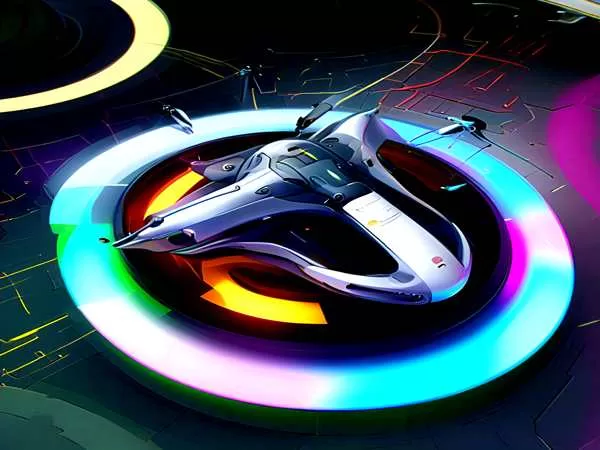The Future of Flight Takes Inspiration from Nature
Drones have revolutionized various industries, from delivery services to aerial photography. But as technology advances, engineers are looking beyond traditional designs for the next generation of flying machines. They’re turning to nature for inspiration, studying the flight mechanisms of animals to create drones that are more efficient, agile, and adaptable.
Taking Flight: The Biomimicry Approach
Biomimicry, the practice of imitating nature’s designs for engineering solutions, has gained significant traction in recent years. By studying the flight patterns, wing structures, and sensory systems of animals, researchers are developing drones that mimic their natural counterparts.
Birds Take the Lead
Birds have been a primary source of inspiration for drone designers. Their ability to soar effortlessly through the air, maneuver with precision, and land on various surfaces has captivated engineers. Researchers have studied the aerodynamics of bird wings, analyzing their shape, flexibility, and how they generate lift. This knowledge has been applied to the design of drone wings, resulting in more efficient and stable flight.
Insects Take to the Skies
Insects, with their incredible agility and ability to fly in confined spaces, offer valuable insights for drone development. Researchers have studied the flight mechanics of insects like bees, butterflies, and dragonflies. This has led to the creation of drones with flapping wings, enabling them to hover, maneuver quickly, and operate in tight spaces.
Flapping Wings and Hovering Abilities
Flapping-wing drones, inspired by insects, have the potential to revolutionize aerial transportation. These drones can take off and land vertically, making them ideal for urban environments. They can also hover in place, allowing for precise maneuvering and inspection tasks.
Swarm Intelligence: A Collective Approach
Another area where nature provides inspiration is swarm intelligence. Bees and other social insects demonstrate remarkable coordination and cooperation, working together to achieve common goals. By studying these behaviors, researchers are developing drone swarms that can work collaboratively, performing complex tasks that would be impossible for a single drone.
Applications of Bio-Inspired Drones
The potential applications of bio-inspired drones are vast. They could be used for search and rescue operations, environmental monitoring, precision agriculture, and even package delivery. Their ability to operate in challenging environments and perform tasks that are difficult or dangerous for humans makes them invaluable tools.
Challenges and Future Developments
While bio-inspired drones offer great promise, there are still significant challenges to overcome. Developing drones that can match the agility, endurance, and sensory capabilities of animals is a complex task. Researchers are continuously working on improving battery life, propulsion systems, and obstacle avoidance technologies.
The future of flight is taking inspiration from the natural world. By studying the flight mechanisms of animals, researchers are developing drones that are more efficient, agile, and adaptable. As technology advances, we can expect to see even more innovative and sophisticated bio-inspired drones revolutionizing various industries.

